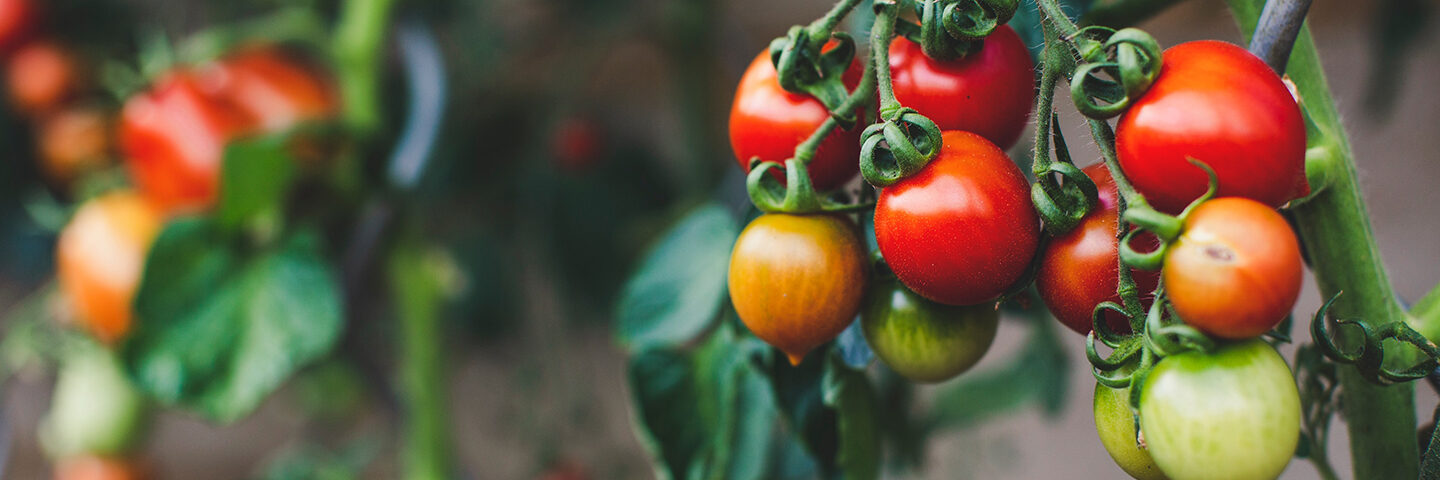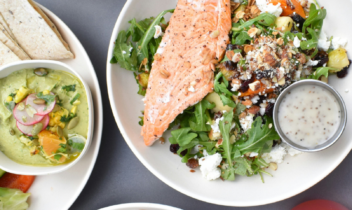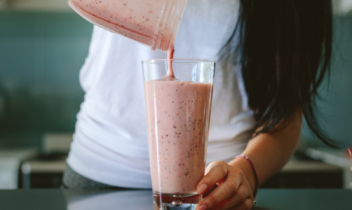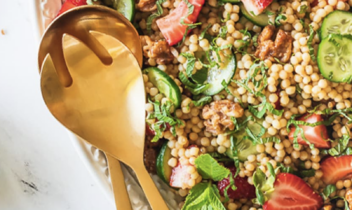
Are bigger fruits and vegetables better?
Answer
Not when it comes to breeding fruits and vegetables.
Today’s top seed engineers look to both the future and the past in developing better produce varieties. For generations, gardeners saved select crop seeds best suited to local conditions to replant the following year. In the case of tomatoes, decades of selective breeding by our ancestors have resulted in seeds exhibiting specific regional traits. These tomatoes have been developed over time, adapting to their native environment. And while some of our grandparents have jockeyed for the county fair, blue-ribbon giant tomatoes, others have found different reasons to selectively choose seeds to save. As the old saying goes, bigger doesn’t always mean better
Today, plant breeders use modern technology to accomplish the same goals. Modernized seed breeding can lead to fruits and veggies with increased resistance to disease species of fungi, bacteria and viruses and insect pests. Other variants can be bred to increase shelf-life or skin toughness to ensure the tomatoes can make it to the local markets. While other areas of research are creating plants that are more tolerant to drought and flood conditions. Some tomatoes are even bred for their flavor – a process that requires researchers to review more than 100 different genes related to flavor perception.
And all of this is happening at a rapid pace thanks to today’s latest techniques. What once had taken decades and generations to achieve, can now be brought to market in as little as 10 years. The innovations across all fruits and vegetables are key steps toward food security and healthy diets, which is more important now than ever before. From the scientists in the lab to the farmers in the field to our own decisions in the grocery store, we can all make a difference and address global food security and do our part to feed a hungry planet.


